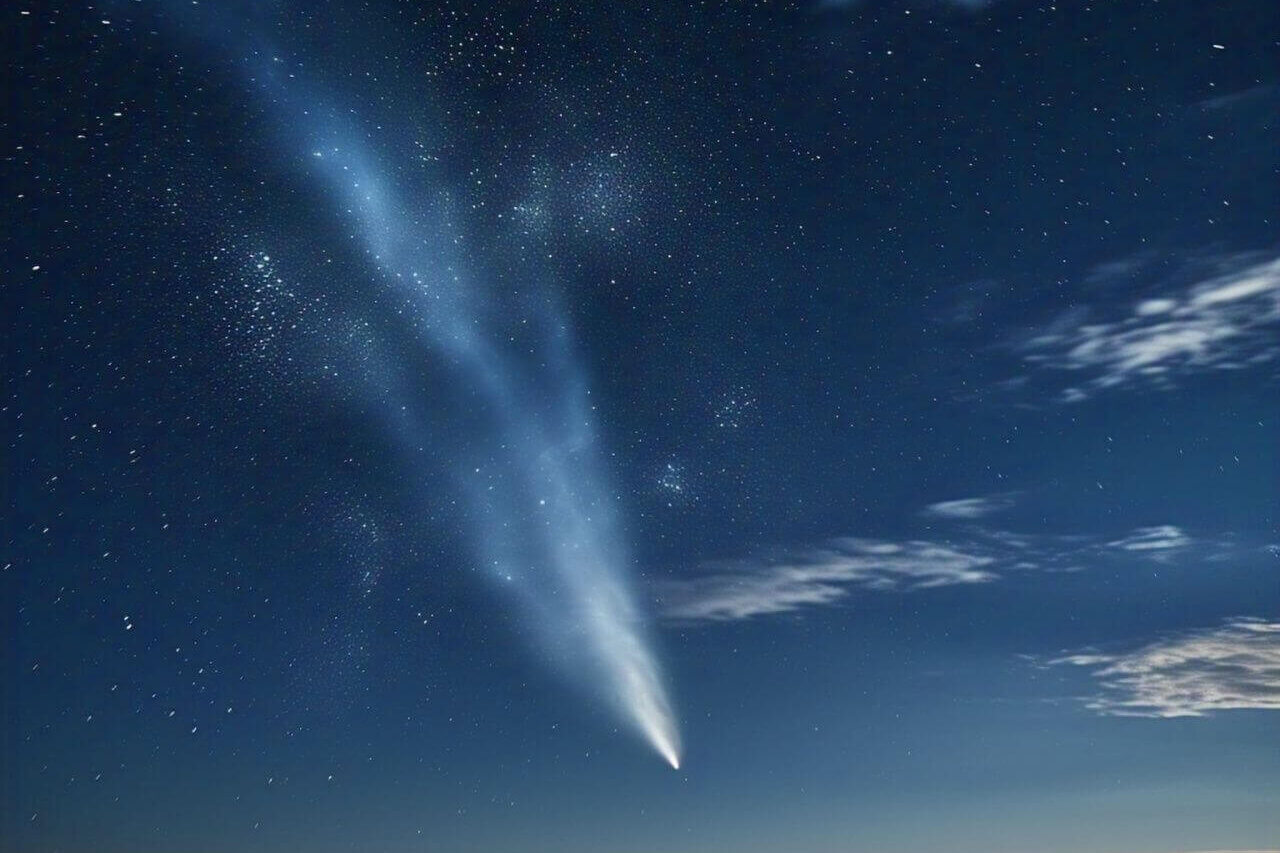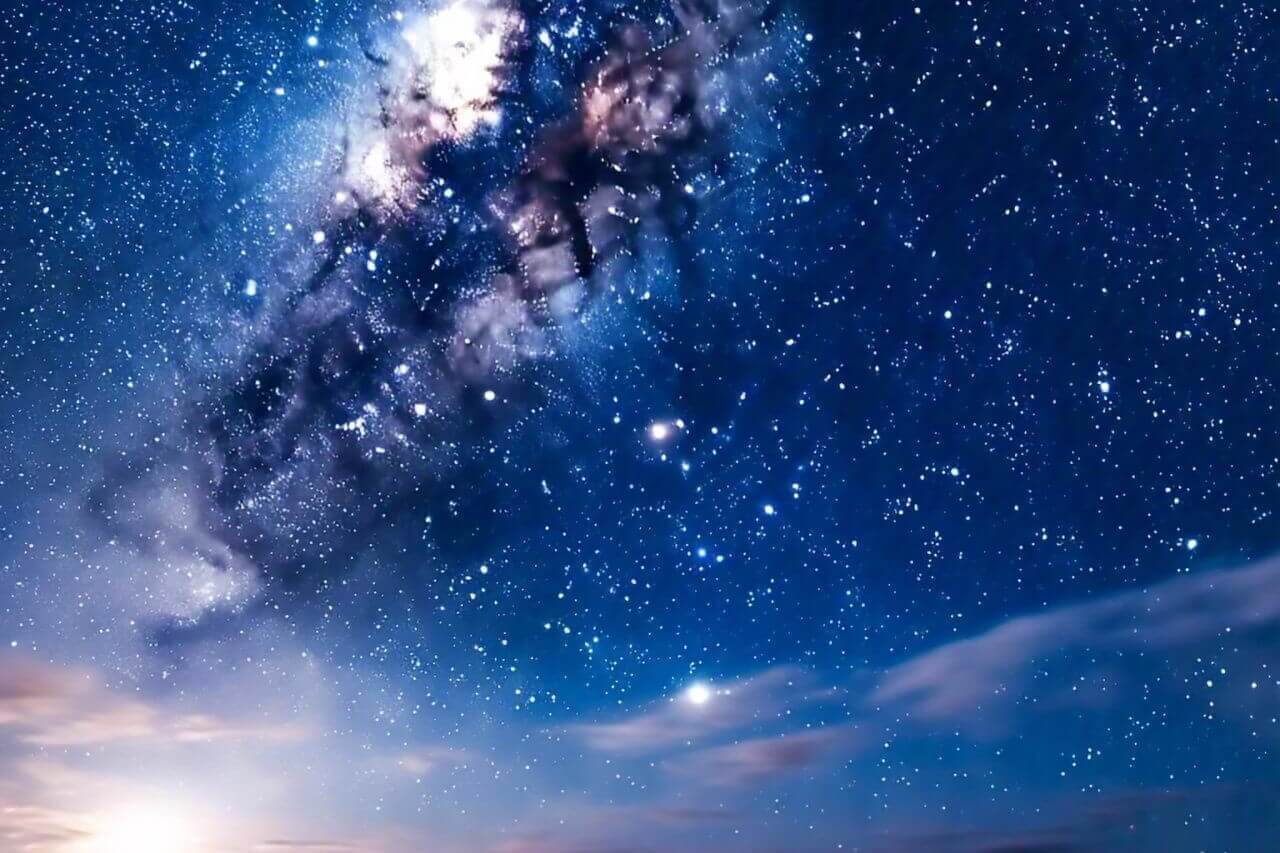Stars Twinkle: Unraveling the Mystery of Nature’s Light Show
Introduction
Have you ever gazed up at the night sky and wondered why stars twinkle? This enchanting phenomenon has captivated humans for centuries, inspiring poets, artists, and scientists alike. In this blog post, we’ll explore the atmospheric science behind starlight and answer the age-old question: “Why do stars twinkle?”
The Science Behind Twinkling Stars
To understand why stars twinkle, we first need to grasp some basic concepts about light and our atmosphere. Stars are massive, distant balls of gas that emit a constant stream of light. However, this light must travel an enormous distance before reaching our eyes on Earth.
As starlight passes through Earth’s atmosphere, it encounters various layers of air with different temperatures, densities, and movements. These atmospheric conditions cause the light to bend, or refract, as it travels. This refraction is the primary reason behind the twinkling effect we observe.
Atmospheric Turbulence: The Main Culprit
The main factor causing stars to twinkle is atmospheric turbulence. As the Earth’s atmosphere is constantly in motion, with air currents and temperature fluctuations, it creates a turbulent environment for light to pass through.
Here’s how atmospheric turbulence affects starlight:
- Refraction: As light enters Earth’s atmosphere, it bends due to the change in medium density.
- Scintillation: The continuous movement of air pockets causes rapid changes in the light’s path, making stars appear to twinkle.
- Intensity fluctuations: The bending of light can sometimes focus or defocus the starlight, causing changes in brightness.

Factors Affecting Star Twinkling
Several factors influence the degree to which stars twinkle:
- Altitude: Stars near the horizon appear to twinkle more than those directly overhead. This is because light from stars near the horizon travels through more of the Earth’s atmosphere, encountering more turbulence.
- Weather conditions: Clear, calm nights with stable atmospheric conditions result in less twinkling, while windy or turbulent weather increases the effect.
- Star color: Different wavelengths of light are affected differently by atmospheric refraction. Red stars may appear to twinkle more than blue stars due to this phenomenon.
- Star brightness: Brighter stars tend to twinkle less noticeably than dimmer ones, as their intense light is less affected by small atmospheric disturbances.
- Atmospheric pollution: Particulate matter and pollutants in the air can increase the twinkling effect by creating additional obstacles for starlight to pass through.
Twinkling vs. Steady Light: Stars and Planets
You may have noticed that some celestial objects, like planets, don’t seem to twinkle as much as stars. This observation is correct and can be explained by the apparent size of these objects in the night sky.
- Stars: Appear as point sources of light due to their immense distance from Earth. This makes their light more susceptible to atmospheric turbulence, resulting in more noticeable twinkling.
- Planets: Are much closer to Earth and appear as small disks rather than points of light. The light from different parts of the planet’s disk is affected differently by atmospheric turbulence, averaging out and resulting in a steadier appearance.
This difference in appearance can be a useful tool for amateur astronomers to distinguish between stars and planets in the night sky.
know more : How Does a Camera Capture Images
Observing Twinkling Stars: Tips for Stargazers
If you’re interested in observing twinkling stars, here are some tips to enhance your stargazing experience:
- Choose the right location: Find a dark spot away from city lights for the best viewing conditions.
- Check the weather: Clear, calm nights are ideal for observing stars with minimal twinkling.
- Use optical aids: Binoculars or a telescope can help you see stars more clearly and potentially reduce the perceived twinkling effect.
- Observe at different times: Stars appear to twinkle less when they’re higher in the sky, so observe throughout the night to see the changes.
- Compare stars and planets: Try to identify planets and compare their steady light to the twinkling of nearby stars.
- Be patient: Allow your eyes to adjust to the darkness for about 30 minutes to see fainter stars and subtle twinkling effects.

The Impact of Star Twinkling on Astronomy
While the twinkling of stars may be beautiful to observe, it presents challenges for astronomers:
- Image distortion: Atmospheric turbulence can blur and distort telescope images, making it difficult to study celestial objects in detail.
- Data accuracy: Twinkling can affect the accuracy of measurements, particularly when studying star brightness or spectra.
- Adaptive optics: To combat these issues, astronomers have developed adaptive optics systems that use deformable mirrors to correct for atmospheric distortions in real-time.
- Space-based telescopes: Satellites like the Hubble Space Telescope orbit above Earth’s atmosphere, avoiding the twinkling effect entirely and providing clearer images of the cosmos.
- Site selection: Astronomers carefully choose observatory locations with stable atmospheric conditions to minimize the impact of twinkling on their observations.
Despite these challenges, the study of atmospheric effects on starlight has led to advancements in our understanding of both the Earth’s atmosphere and the universe beyond.
Conclusion
The twinkling of stars is a captivating natural phenomenon that results from the interaction between starlight and Earth’s turbulent atmosphere. While it may pose challenges for astronomers, it also serves as a reminder of the complex and dynamic world we live in.
Next time you gaze up at a starry night sky, take a moment to appreciate the dance of twinkling stars and the atmospheric science behind this mesmerizing light show. Remember that each twinkle tells a story of light’s incredible journey across the cosmos and through our atmosphere.
Do you have any favorite memories of stargazing or observing twinkling stars? Share your experiences in the comments below and join the discussion about this fascinating aspect of our night sky!
